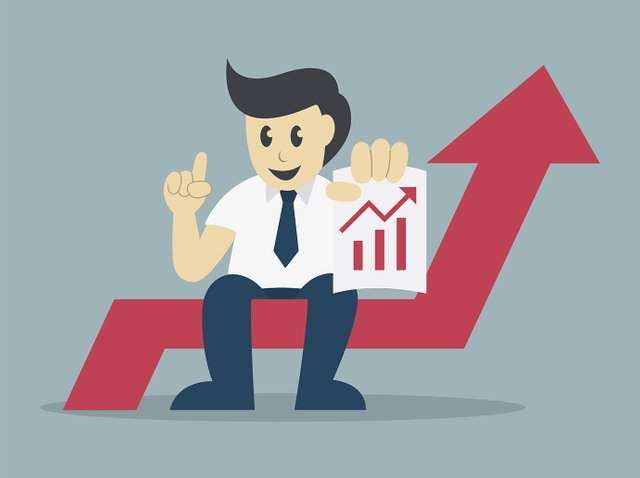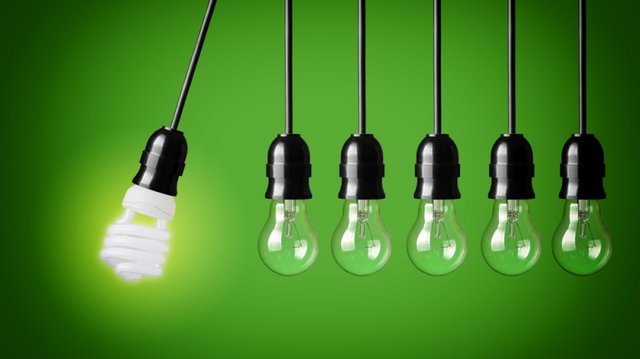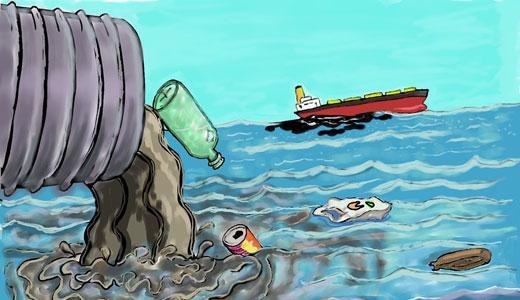The Costs and Benefits of Economic Growth. [ENG]
The economic authorities are always willing to achieve high growth rates. Here are some reasons for this attitude.
Growth is often the key to achieving a high standard of living. Increases in productivity allow the community to enjoy the goods and services, the person and the population, free time, the availability of the same amount of goods and services.

When the percentage to be paid to the Treasury on the tax base is defined as the total amount on the Treasury. Established the tax).
Policies designed to achieve a more equal distribution of income can be carried out with less political opposition than when there is no growth. When the rent does not grow, a social group can only improve its position on the coast of the other group. However, this is not the case, even in the future, but it will also be channeled towards the most necessary social groups.
Another positive element of economic growth is the increase in employment. In general, when production increases, employment does too, even when productivity increases. In addition, achievements in productivity are related to the increase in production.
Economic growth not only has advantages, but also poses certain drawbacks. In the first place, although investment is a key factor in the face of growth, all capital accumulation, that is, all investment, requires that individuals be willing to sacrifice themselves in terms of their present levels of living. If the economy is in a situation in which all resources are employed, the production of capital goods can only increase if resources are shifted from the production of consumer goods to the production of capital goods. In this sense, the increase in investment means reducing consumption.

Thus, a first drawback of economic growth stems from the fact that, without increasing the stock of capital will increase the possibilities of producing consumer goods in the future, in the present individuals must sacrifice and reduce their consumption. In addition, when it comes to countries with a relatively low level of income, the margin is very small and savings can, in fact, be difficult to achieve.
Apart from personal sacrifice, growth can be implied, there is a series of social costs linked to the achievement of a high rate of growth that should be analyzed. It was already pointed out that the price mechanism does not take full account of the social costs of production. The achievement of a high technical efficiency that allows for high growth rates may impose very considerable costs on the community.
What has been called the mania of growth has been criticized harshly highlighting the costs of economic growth in relation to its effects on the quality of life. An example of this is the increase in the so-called overflow effects or negative externalities in the industrialized economies, such as, for example, the pollution of the environment. Hence, possible conflicts arise between establishing as a goal high growth and inspiration to a certain quality of life, given the social and economic consequences that the achievement of this objective usually entails.
Economy and Pollution.

Pollution of the environment has, unfortunately, become an integral part of daily life. To make sure we do not have more to look at the air that is breathed in most major cities, and observe the waters of many of our rivers or walk around certain beaches.
Some may think that pollution can be resolved through technological improvements, since, for example, the pollution of a river is antecedent, a physical fact. However, although all pollution is something physical, since it also implies the destruction of the environment, a serious analysis of the pollution problem can not be carried out without economic considerations.

To corroborate, this statement thinks, for example, that if automobile producers are required to install devices that limit the emission of gases, the price of automobiles is required to install devices that limit the emission of gases, the price of the cars will increase. Something similar will happen if a factory that discharges contaminated water to a river is forced to install equipment that controls pollution. In this case, the production cost of the manufacturing company will be increased. the commented examples show that the defense of the environment implies a cost, that in some occasions, consumers will have to pay directly and, in others, the producers. What is clear is that the economic considerations of this phenomenon are crucial to understand it and to design a policy that tends to combat it.
From an economic perspective, the core of the problem is that limiting pollution implies a significant expense. However, success in the fight against pollution must be measured by the ability to reduce it and by the possibilities of limiting its growth, since it is not reasonable to think of eliminating it completely. Think that, even if a country paralyzed all its polluting industrial activity, it would not end the problem, since urban waste would continue to pollute the environment.
Likewise, and when opting for a zero growth policy, the most that would be achieved would be to stop the increases in pollution, but would not reduce the existing one, and in addition, all the inconveniences associated with the absence of economic growth would be considered.
The fight against pollution.

Since it is not possible to eliminate pollution, the question is how to reduce it and what costs will be involved in combating it. As a premise, it should be noted that, whatever the method of financing chosen to cover the expenses incurred in trying to eliminate pollution, individuals will always bear the burden in one way or another:
- As consumers: If the authorities oblige polluting companies to install equipment that purifies waste, this will imply a reduction in the quantities produced, which will cause the supply curves to move to the left and increase the prices of the products.
- As taxpayers: If they establish subsidies for companies that install equipment to control pollution, this will mean higher taxes to finance the aforementioned subsidies. As labor suppliers: due to pollution control regulations, the productive activity of companies will be negatively affected. By having to divert part of the resources destined to investments in equipment and machinery, which would increase their productivity and improve their position with respect to the competition, they will not be able to increase their production and employment.

On the contrary, when these resources have to be allocated to invest in anti-pollution equipment, companies will see their sales reduced by increasing their costs, and consequently their prices, and even some may be forced to close. This explains that on occasions, those who live near polluting industries prefer to endure pollution in order to maintain their jobs.
In short, it can be said that the fight against pollution is a complex task and its cost, in one way or another, affects the whole community.
Publicado en el blog de Cryptofera